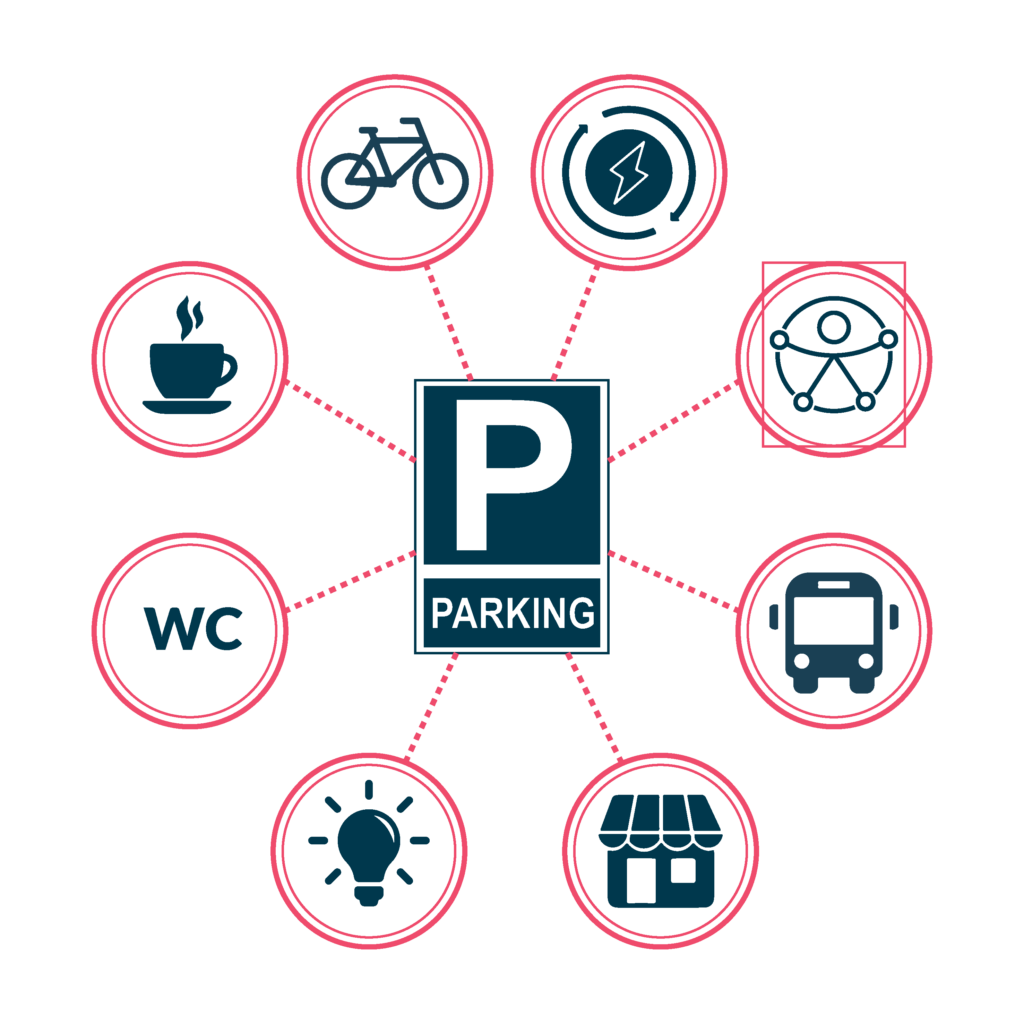Parking Lot Design for Promoting Public Transport Use
A well-designed parking lot plays a crucial role in facilitating the transition from private to public transportation, helping to reduce traffic congestion and lower carbon emissions. By strategically integrating parking spaces with public transport networks and cycling paths, cities can encourage the use of more sustainable transport options. Effective parking facilities can also enhance urban mobility, provide convenience for users, and contribute to overall improvements in air quality and public health. The design of parking lots should prioritize accessibility, safety, and efficiency to ensure a seamless and inclusive experience for all users.

- Locate parking facilities on the outskirts of the city with easy access to public transport and cycling paths.
- Design parking areas with accessibility in mind, including spaces for people with reduced mobility and clear signage.
- Integrate sustainable features like solar lighting, permeable pavements, and electric vehicle charging stations.
- Implement smart parking management systems for efficient space monitoring and streamlined payment processes.
- Incorporate retail, cafes, and bike storage to encourage active transportation and enhance the user experience.
- Ensure the facility is well-lit, secure, and includes necessary amenities like waiting areas, restrooms, and water fountains.
- Regularly assess facility usage to make data-driven adjustments for improved efficiency and user satisfaction.
Sources
- https://accessible-eu-centre.ec.europa.eu/content-corner/digital-library/en-172102021-accessibility-and-usability-built-environment-functional-requirements_en
- https://www.iso.org/standard/71860.html
- https://www.t-l.ch/collectivites/guide-des-amenagements-pour-les-transports-publics-routiers-tl/
- https://www.leitfadenbarrierefreiesbauen.de/fileadmin/downloads/archiv/barrierefreies_bauen_leitfaden_en_bf_version2.pdf
- https://www.vitoria-gasteiz.org/http/wb021/contenidosEstaticos/especial/cea/20190917/Avance_PMSEP_2020_2030.pdf
- https://www.punt6.org/es/books/espacios-para-la-vida-cotidiana/
- Carers
- Children
- Cognitive
- Cognitive abilities
- Decolonial perspective
- Digital
- Digital barrier
- Enviroment
- Environmental
- Gender and generations
- Gender perspective
- Hearing impairment
- Low-education
- Low-income
- Older people
- Other
- Physical abilities and features
- Sensory and Physical
- Socioeconomic
- Visual impairment